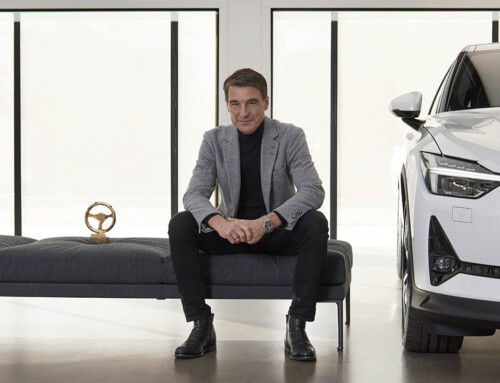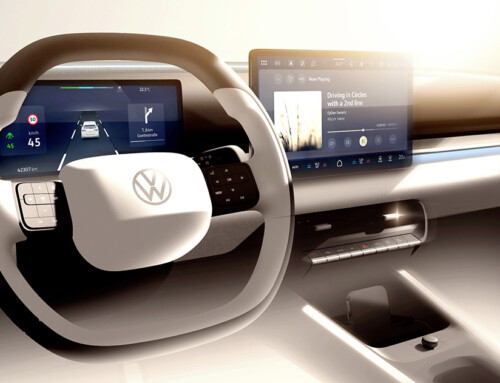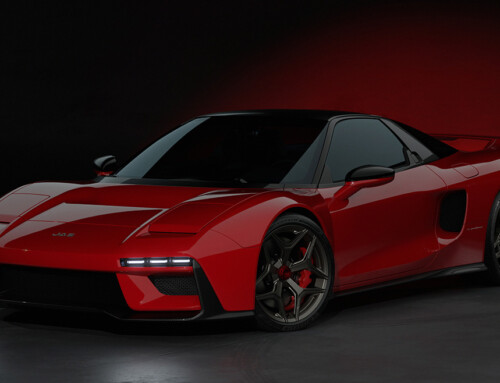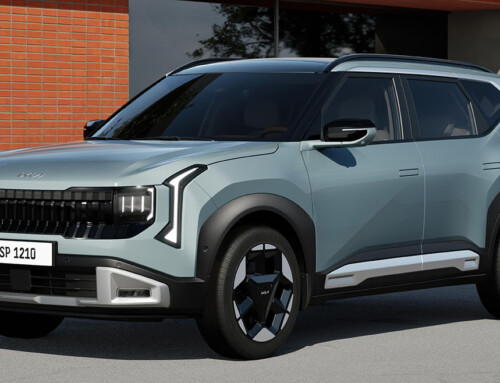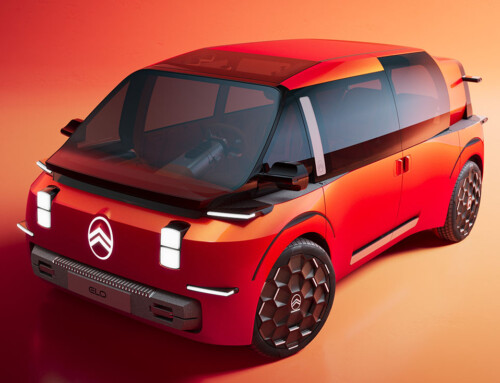Jackets developed with Puma to honour the 100th anniversary of the birth of Roy Lichtenstein, the master of Pop Art who in 1977, quite exceptionally, livened the bodywork of one of BMW’s famous Art Cars. Or, diaries and T-shirts on which the “Outline Print” of the Mini nose is broken up, or a “Car Face Detail” summarised by a headlamp. And again: the more than 30-year-old BMW Baby Racer toy cars, now in their fourth generation with modern features and recycled rubber tyres, and the Speed Champions by Lego box with 676 bricks to build the M4 GT3 and M Hybrid V8 racing cars. Not forgetting, however, the Mini trolleys and “Caps” water bottles, which take up the city car’s two-tone Rebel Red/Vibrant Silver paintwork.
In the setting of the House of BMW, with its highly appropriate location in Milan’s Via Montenapoleone, the German group unveiled a double 2024 collection of “lifestyle” objects to be used (even) outside the cabin. Of course, one is playing with a fashion spirit, to the point that part of the communication will be entrusted to influencers, but that is not all: the experiential approach is being emphasised, set up in the Milanese space since 2021, as recounted in the book “The House of Emotions – Human Relations in the Digital Age” published by La Nave di Teseo last May. The really unmissable contents? Certainly the technological BMW Exploro bicycles made by the Italian 3T, a company that manufactures in the Bergamo area with a wisely international supply chain. Road, urban or “gravel” models in the same varied flavour as a range of vehicles, with assisted or traditional pedalling, always with a carbon fibre frame in six sizes.
Under the Mini banner, on the other hand, what is striking is the use of organic or recycled cotton for clothing, with fabric waste being recovered. And explicit stylistic quotations abound, from the shoulder straps of bags woven in the same weave as the fascia on the dashboard to interior linings quilted like the seats.








